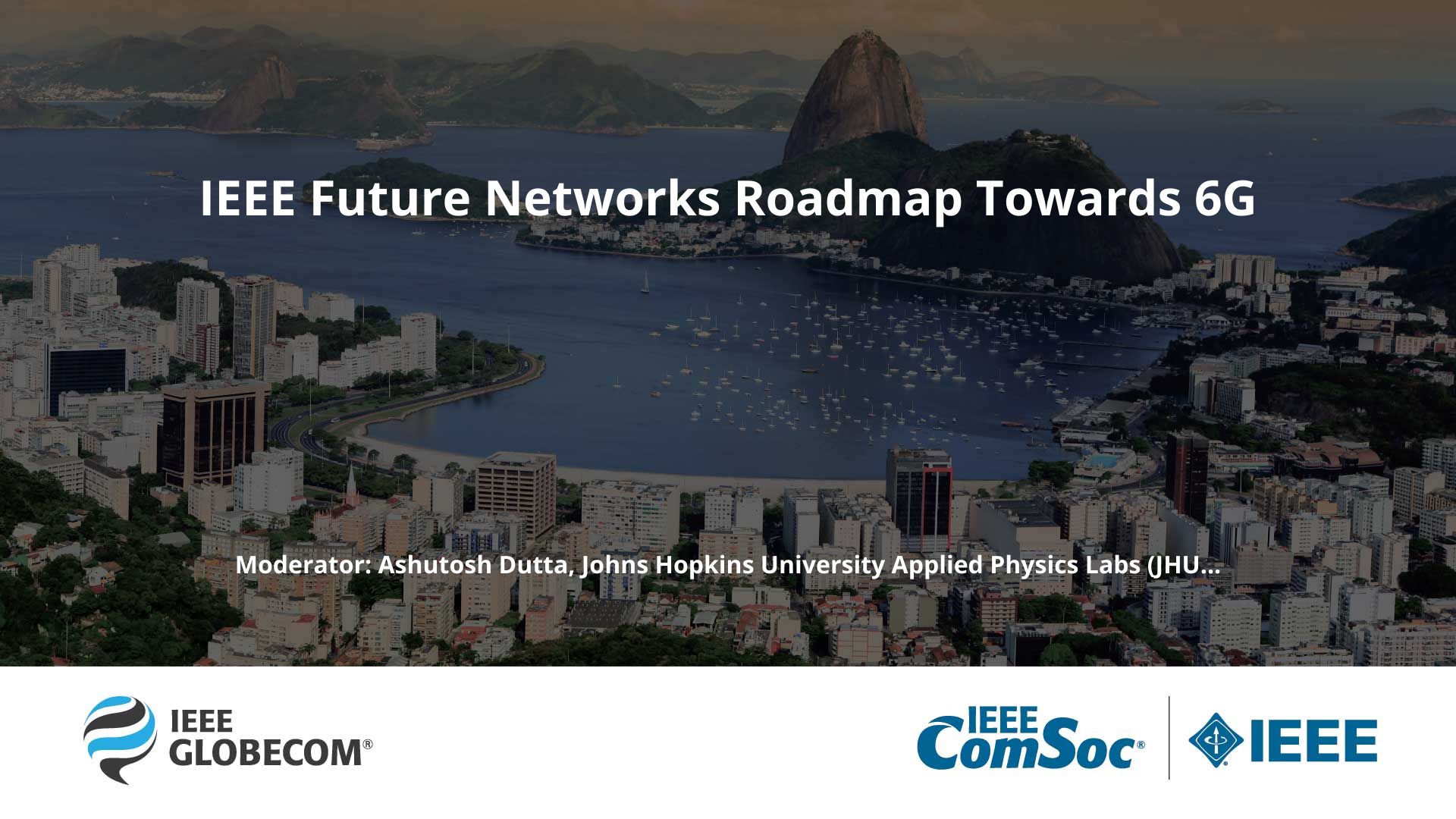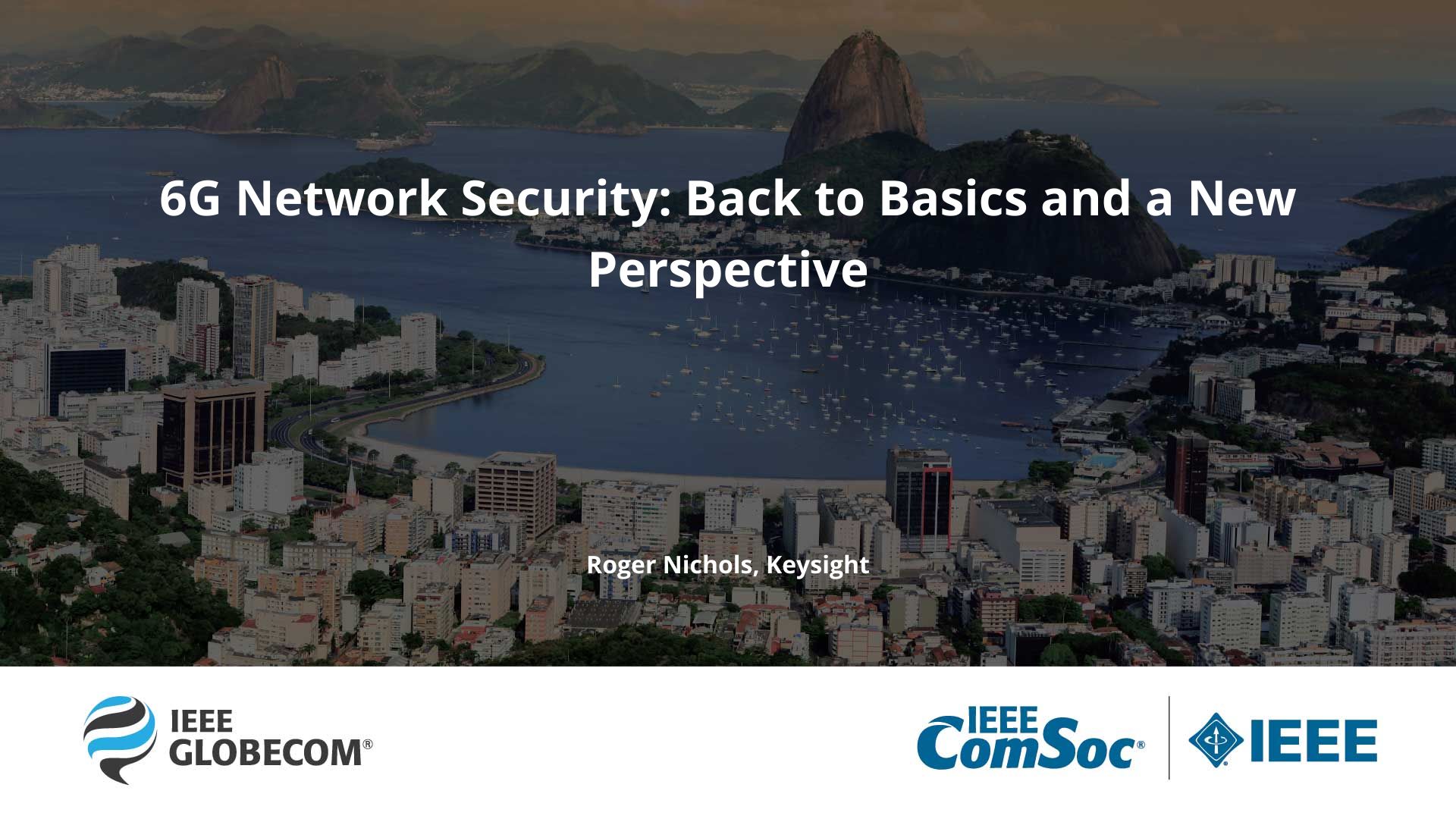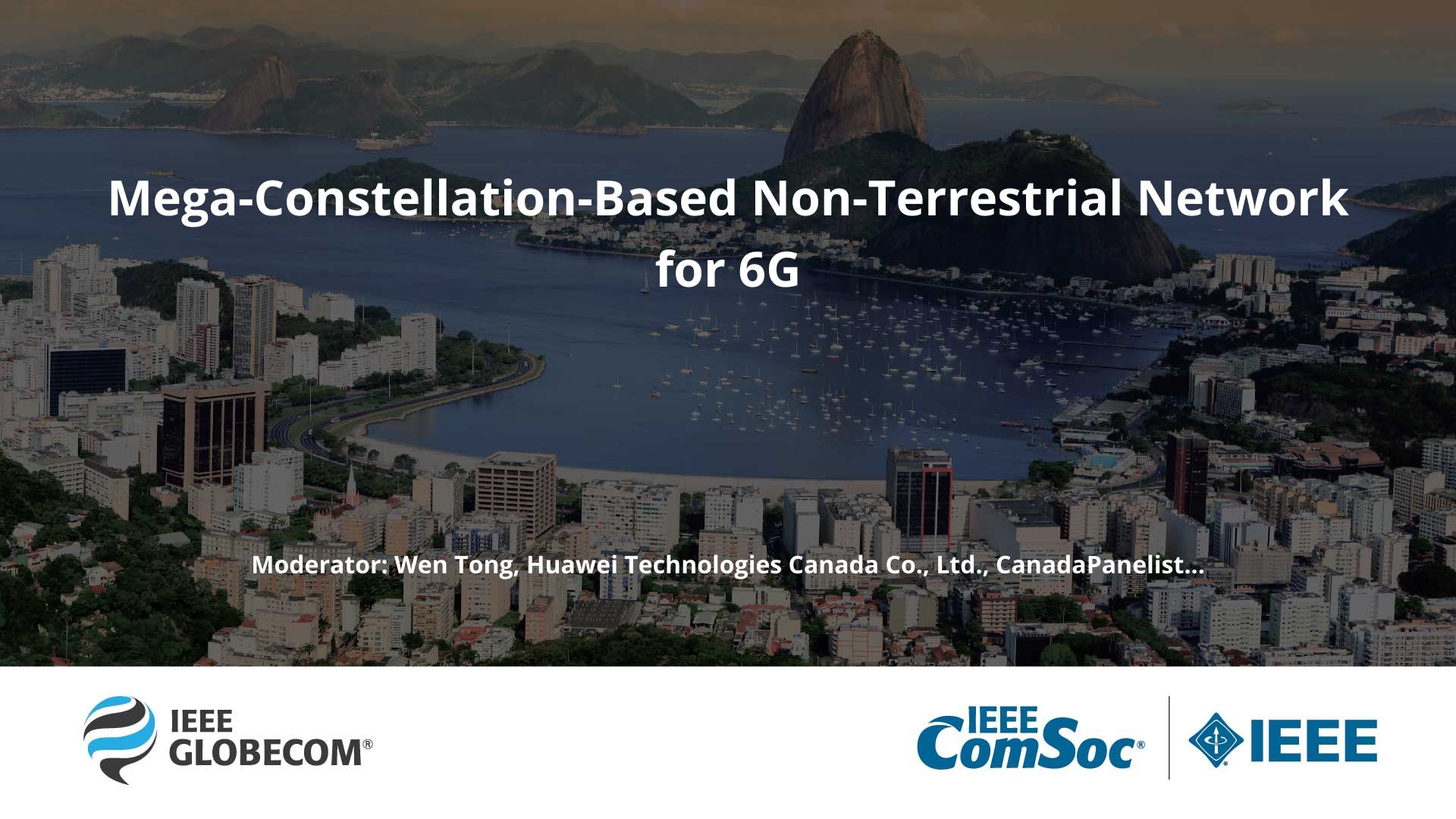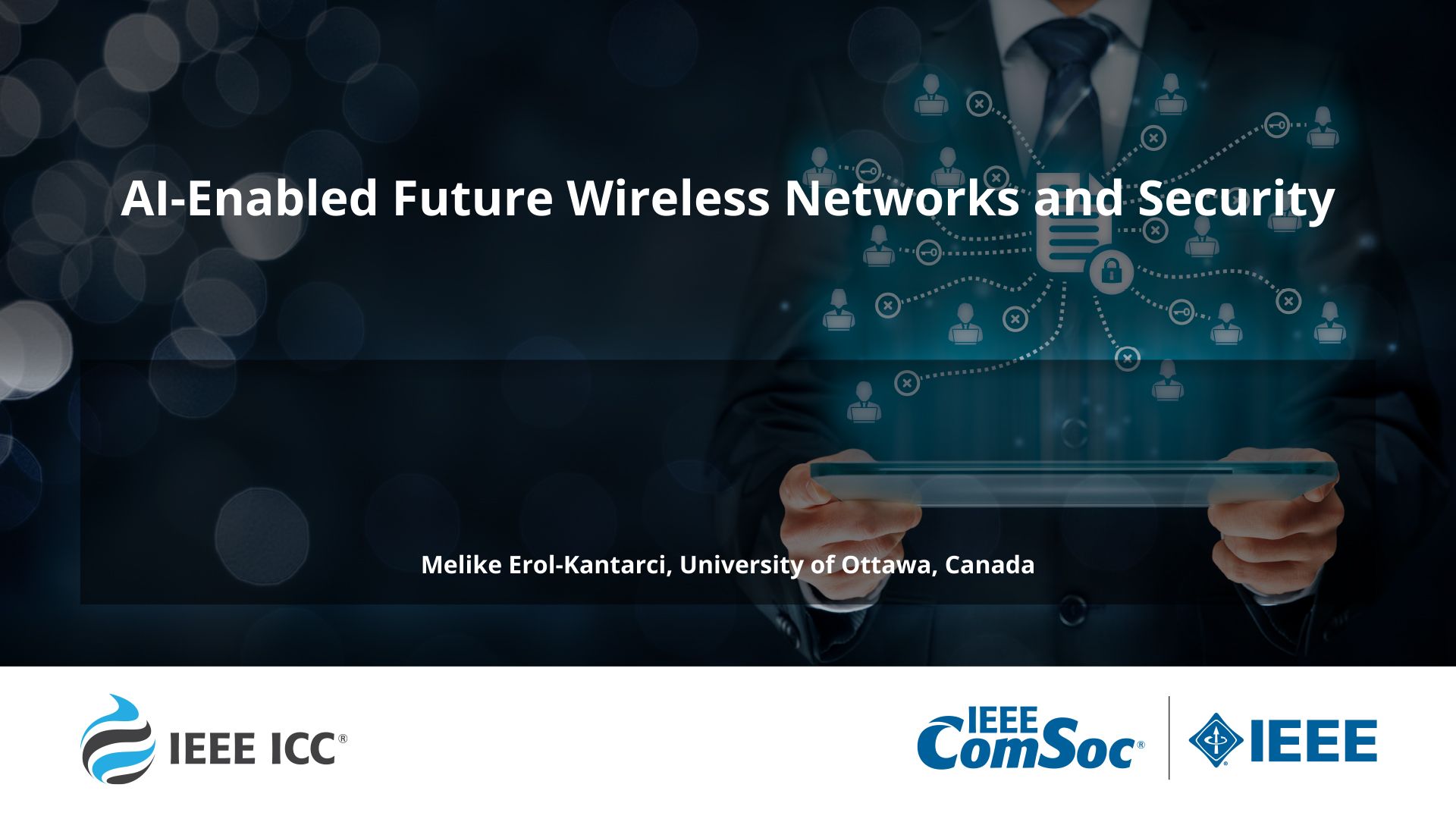The Role of Digital Twins in 6G


Simulation and emulation capabilities have significantly improved with the advances in compute power in the last few decades. Many applications are utilizing the power of enhanced simulation and emulation, but the wireless network quickly becomes an application that can maximize these tools due to its ever-increasing scope, scale and expanding requirements. As new network topologies are explored and the complexity of the network increases, these network tools can harness the capabilities of Digital Twins to evaluate wired and wireless network functions, design resiliency, and validate network design. This spike in complexity in network topologies is happening in tandem to the need flexible and adaptive research platforms that are capable of iterating and scaling from 5G to 6G and beyond in order to deliver novel technical results but still be useable by the larger research community. Digital twins, measurement and data fed simulations and models, offer an infrastructure to meet the rapid acceleration of design challenges that face a research ecosystem. Understanding the architectures, tools and methodologies for these model-based systems and being able to contrast them and utilize them with their physical counterparts will be integral in their use.










